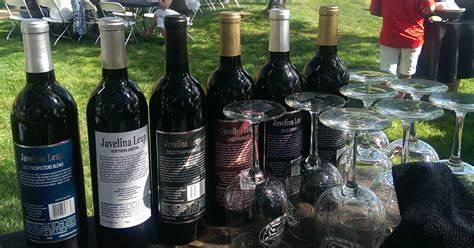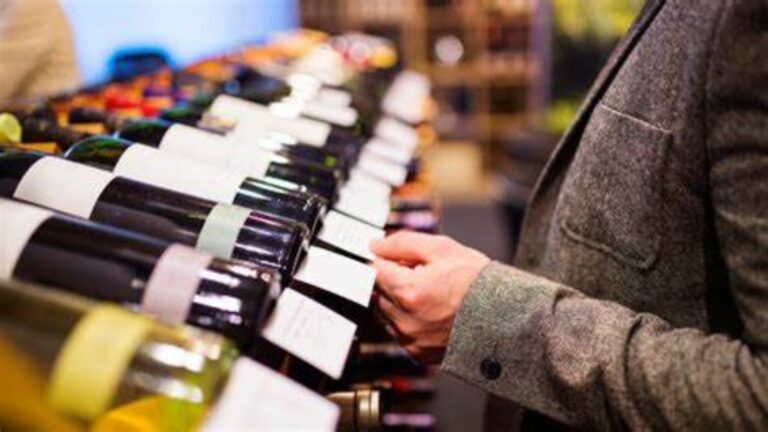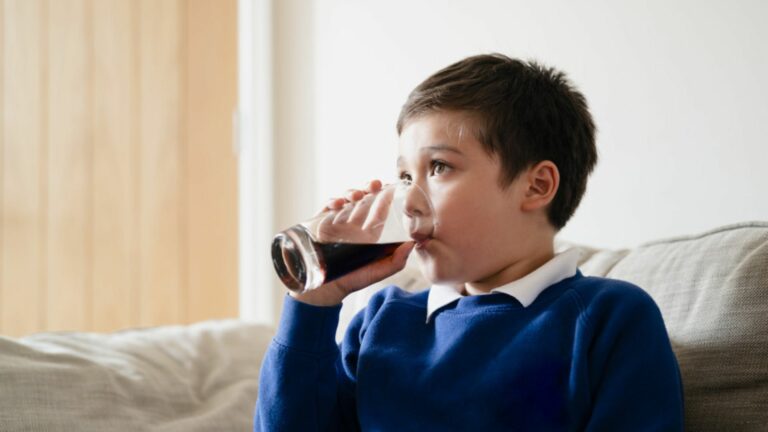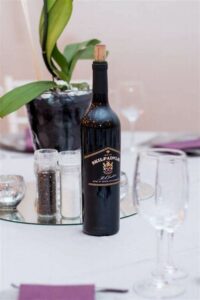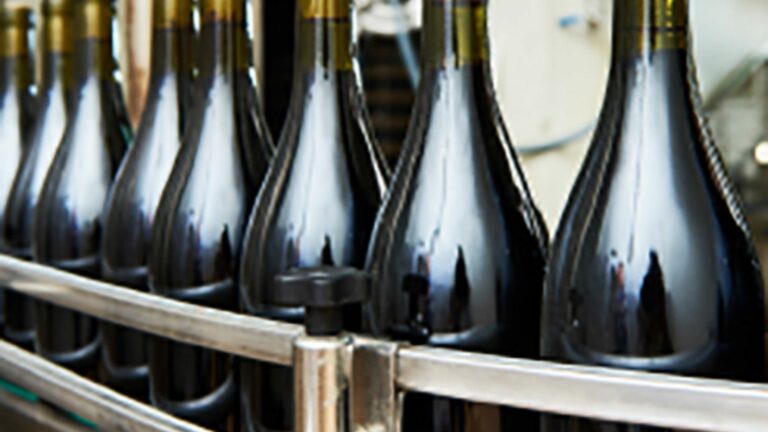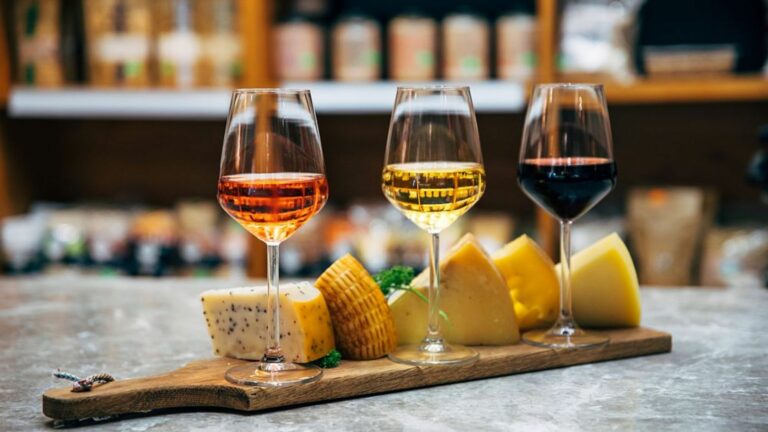Understanding how wine matures is essential for wine enthusiasts and producers alike. As wine ages, it undergoes a transformation, developing complex flavors, aromas, and textures. Let’s explore the simple steps involved in the maturation process.
Chemical Reactions in Maturation
During maturation, various chemical reactions occur within the wine, contributing to its evolution. One crucial process is oxidation, where oxygen interacts with components in the wine, softening tannins and enhancing aromas. Additionally, esterification occurs, forming esters that impart fruity and floral notes to the wine.
Influence of Oak Aging
Oak aging is a common practice in wine-making, where wine is aged in oak barrels to impart flavors and textures. Oak contains compounds like vanillin and lactones, which add vanilla, spice, and creamy nuances to the wine. The porous nature of oak barrels allows for gradual oxygen exposure, facilitating the maturation process.
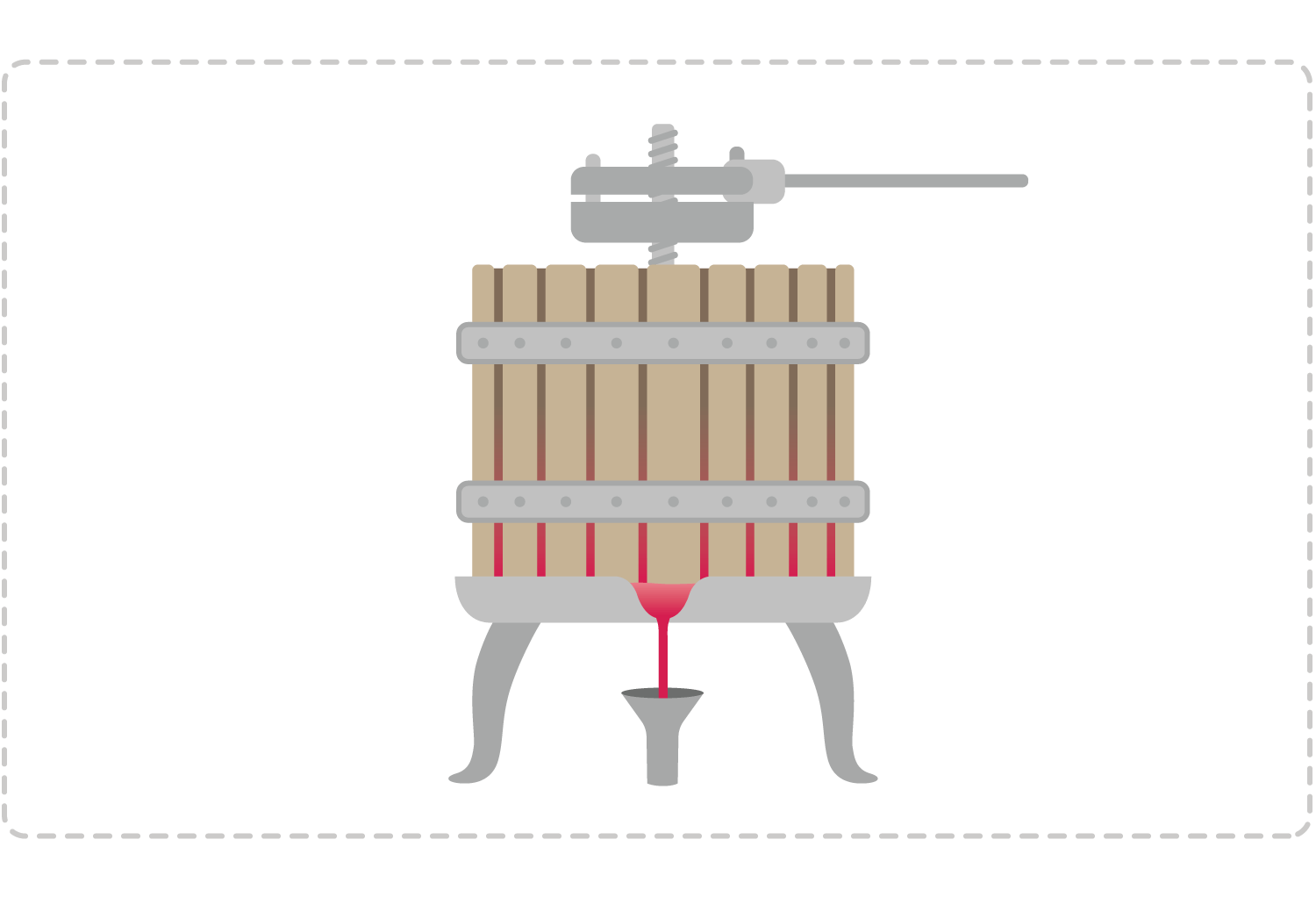
The Role of Aging Conditions
The conditions in which wines is aged significantly impact its maturation. Factors such as temperature, humidity, and light exposure can influence the rate and quality of aging. Ideal aging conditions typically involve cool temperatures, moderate humidity, and minimal exposure to light, ensuring a gradual and balanced maturation process.
Microbial Activity
Microbial activity also plays a role in wines maturation, particularly in the case of certain styles like biodynamic or natural wines. Yeasts and bacteria present in the wine interact with its components, contributing to flavor development and complexity. Controlled microbial activity can enhance the character of the wine during maturation.
The Importance of Bottle Aging
Bottle aging is a crucial stage in the maturation process, where wine continues to evolve and develop in the bottle. Over time, chemical reactions continue to occur, leading to further integration of flavors and refinement of tannins. Proper storage conditions are essential for bottle aging to ensure optimal maturation.
The Influence of Grape Variety and Terroir
The grape variety and terroir also influence how wines matures. Different grape varieties have varying levels of acidity, tannins, and sugar, which interact differently during maturation. Moreover, the unique characteristics of the terroir, including soil composition, climate, and vineyard practices, contribute to the wine’s flavor profile and aging potential.
The Importance of Patience
Patience is key when it comes to wines aging. While some wines are meant to be enjoyed young and fresh, others benefit from extended aging, developing richer flavors and smoother textures over time. It’s essential to understand the aging potential of different wines and exercise patience to allow them to reach their full potential.
Appreciating Mature Wines
Mature wines offer a sensory journey, showcasing a harmonious balance of flavors and aromas that can only be achieved through time. When tasting mature wines, pay attention to nuances such as tertiary aromas, softened tannins, and integrated acidity, which reflect the wine’s evolution and complexity.
Embracing the Journey
In conclusion, understanding how wine matures enriches the appreciation and enjoyment of wines. Whether it’s through oak aging, bottle aging, or the natural evolution in the cellar, wine aging adds depth and character to the wines, creating memorable experiences for enthusiasts and aficionados alike.
Conclusion
In conclusion, understanding how wines matures is key to appreciating its complexity and evolution. From chemical reactions and oak aging to the influence of aging conditions and microbial activity, numerous factors contribute to the maturation process. By gaining insight into these processes, wine enthusiasts can better appreciate the nuances of aged wines and producers can craft wines with enhanced depth and character.

